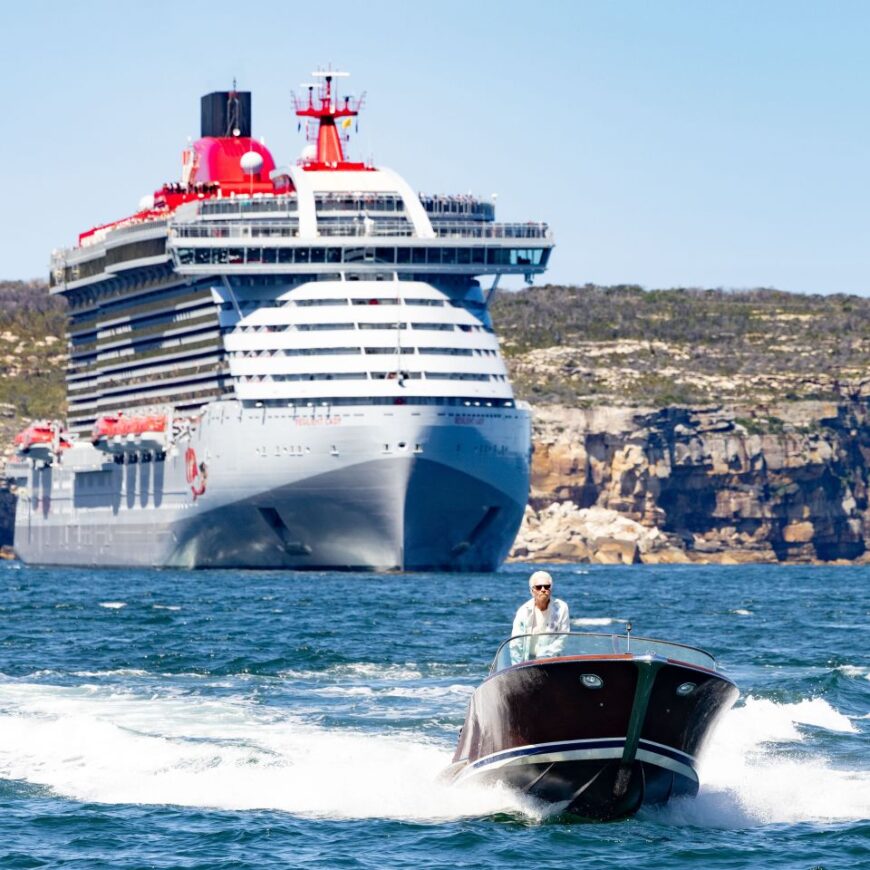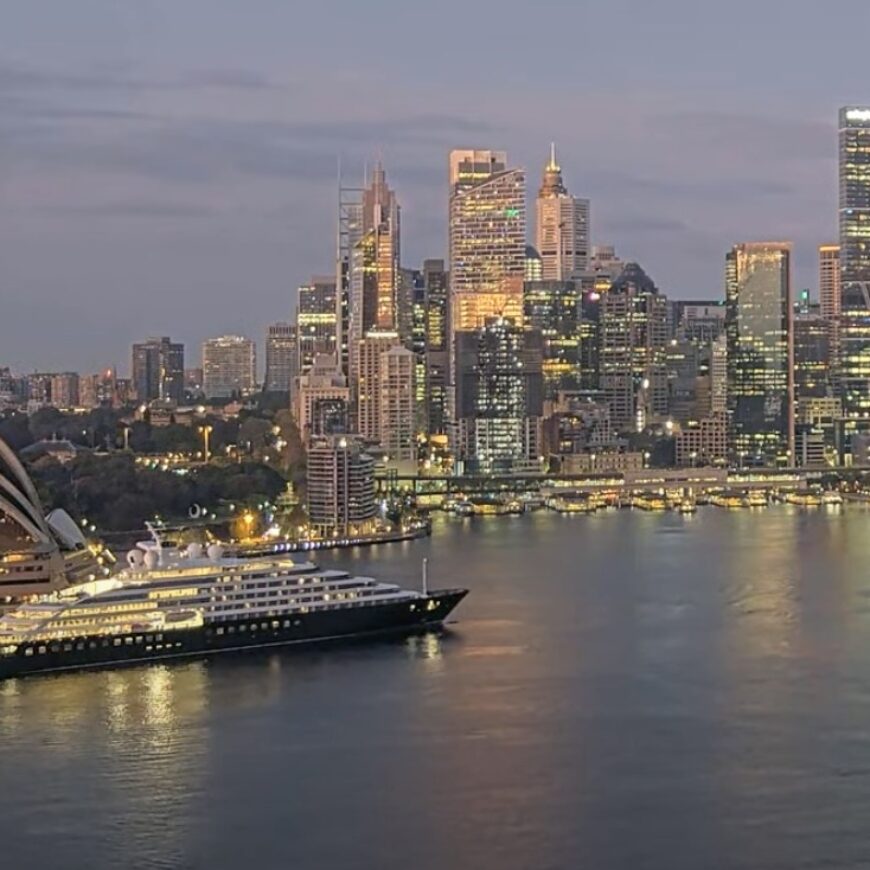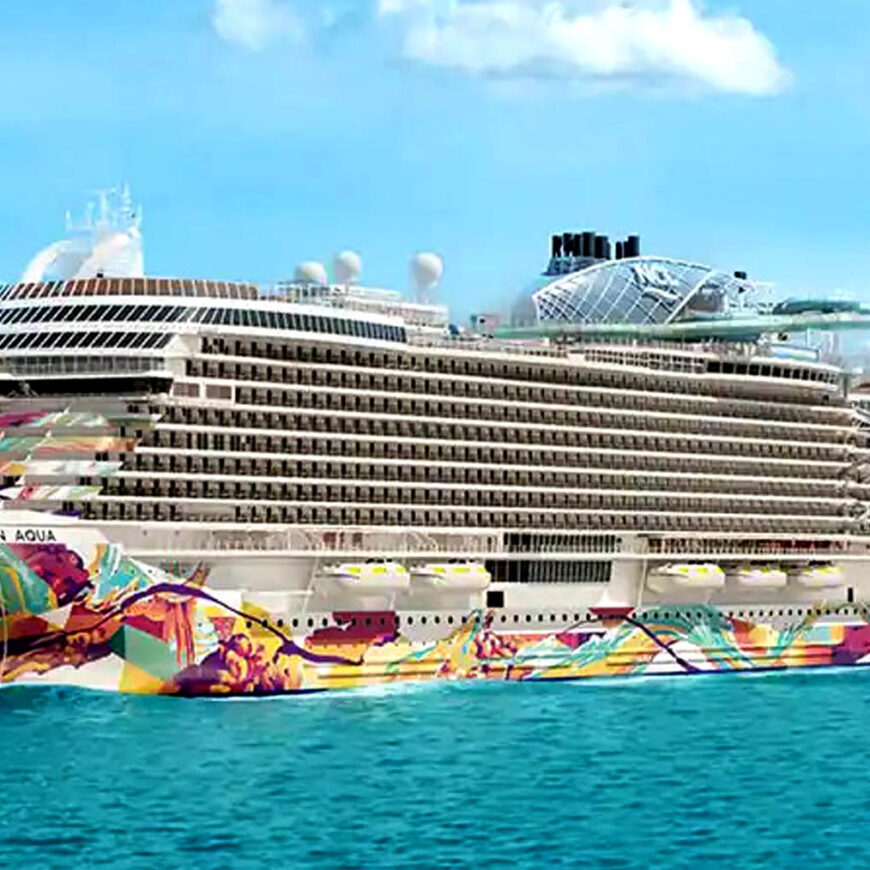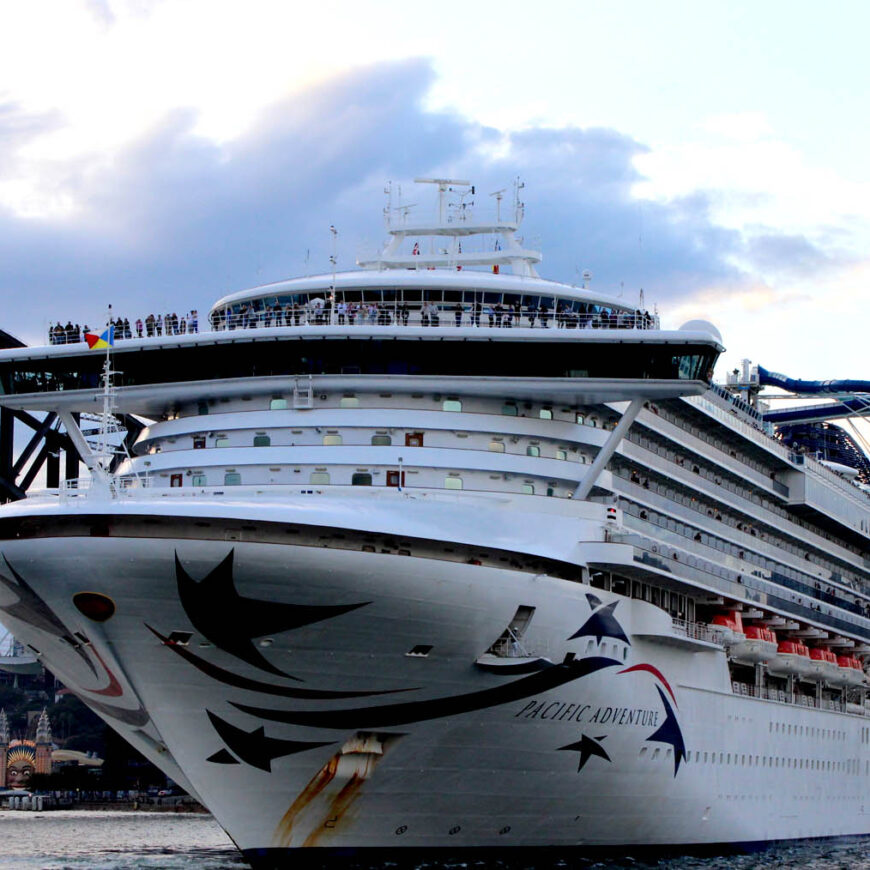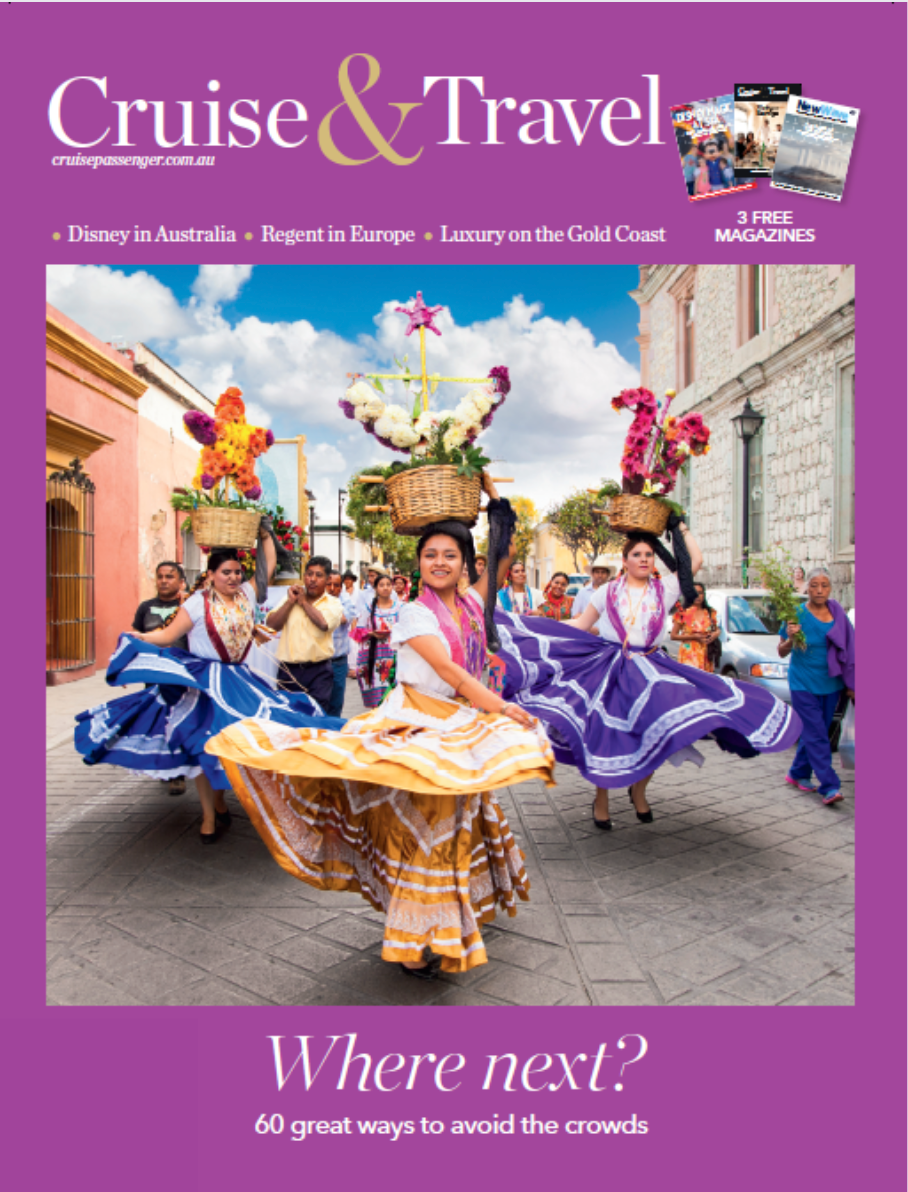White Island – should tour groups have been there?
OpinionI’ve signed a lot of release forms for shore excursions in my time. From accepting risk for a coach tour to a Black Forrest cake factory (probably something to do with the cream and cherries) to deep diving with sharks in Malaysia.
I rarely hesitate. Why? Because, without being told of the real risk, I know the forms are legally almost worthless.
The terrible tragedy of White Island, the New Zealand site where a volcanic eruption resulted in the deaths of at least eight, including six Australians, and left dozens from all corners of the world in hospitals in New Zealand and Australia, is now likely to throw those forms into dramatic spot light.
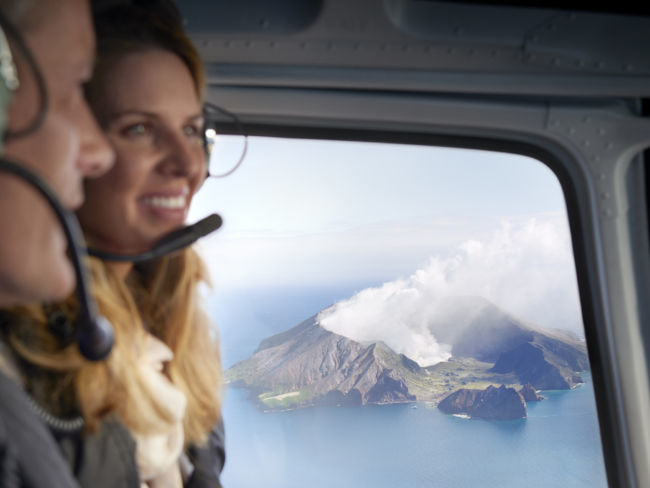
Who knew what about the state of the volcano is now the main debating point as so many families mourn their loved ones.
There were 47 tourists on the island – many from Royal Caribbean’s Ovation of the Seas, which had sailed from Sydney. Did they know GeoNet upgraded White Island’s alert level from a level 1 to a level 2 on November 18, advising increased volcanic unrest on the island?
Level 2 is the highest alert level before an eruption takes place and indicates “moderate to heightened volcanic unrest” with the “potential for eruption hazards”.
Scary stuff. Would you have gone on a shore tour if you had that kind of information? Probably not.

The tragic incident has opened up a long-overdue debate about our dalliance with danger – and how able we are to assess the risks. We are, after all, supposed to be on holiday.
The search for new “immersive” experiences has thrown up all sorts of tours that, perhaps, would not have been offered before. Many involve risks that we may not be able to assess.
Auckland University’s Michael Lueck wrote a provocative piece on the website The Conversation this week pointing out: “The adrenaline rush is paramount for thrill-seeking tourists – but they don’t seriously want to be at risk of injury or loss of life.”
So true. Hindsight is always 20/20. But honestly, do we really think those tourists were prepared to put their lives on the line for a day tour to a volcano?
Channel News Asia carried an interesting report this week which looked at the toll of adventure tourism.
“Volcano tourism is a subset of adventure tourism, and New Zealand has had its fair share of incidents in this sector,” the channel pointed out. “Many will remember the collapse of a viewing platform at Cave Creek in 1995, where 14 people died. After the collapse, New Zealand’s Department of Conservation inspected more than 500 structures, resulting in the closure of 65.”
Japan’s Mount Ontake erupted in 2014 killing 63 people. A year earlier the Mayon volcano in the Philippines erupted killing five climbers. Last year, one tourist died in an eruption of Italy’s Stromboli volcano, which has become a resort island.

So what are the lessons?
We can minimise the risk by checking, thinking clearly about what is on offer and then assessing what the chances of something going wrong are. But we can only do so much. Assessing a volcano takes scientific knowledge.
The questions that will surround this shore excursion for guests of Royal Caribbean is how much they were told – and how much they relied on the cruise line’s reputation.
And whether Royal Caribbean made any independent assessment of the risks to its passengers.
The Australian newspaper said in its opinion column this week: “Better protocols must emerge to avoid another tragedy on this scale…Volcano tourism is a specialist area…scientists are the best people to judge whether it is safe to visit seismic hot spots.”
As we search for more experiences that are different, White Island is a wake up call.


